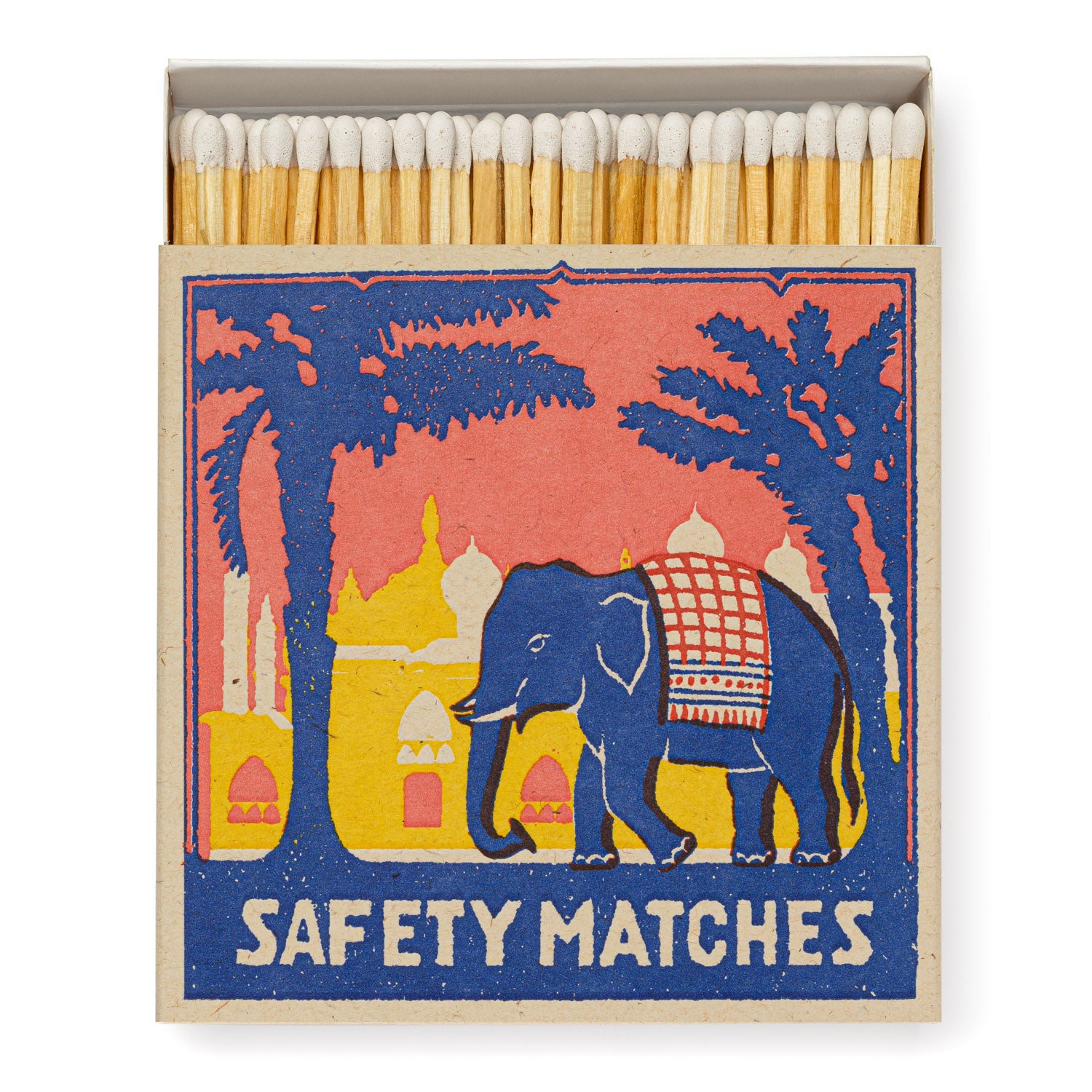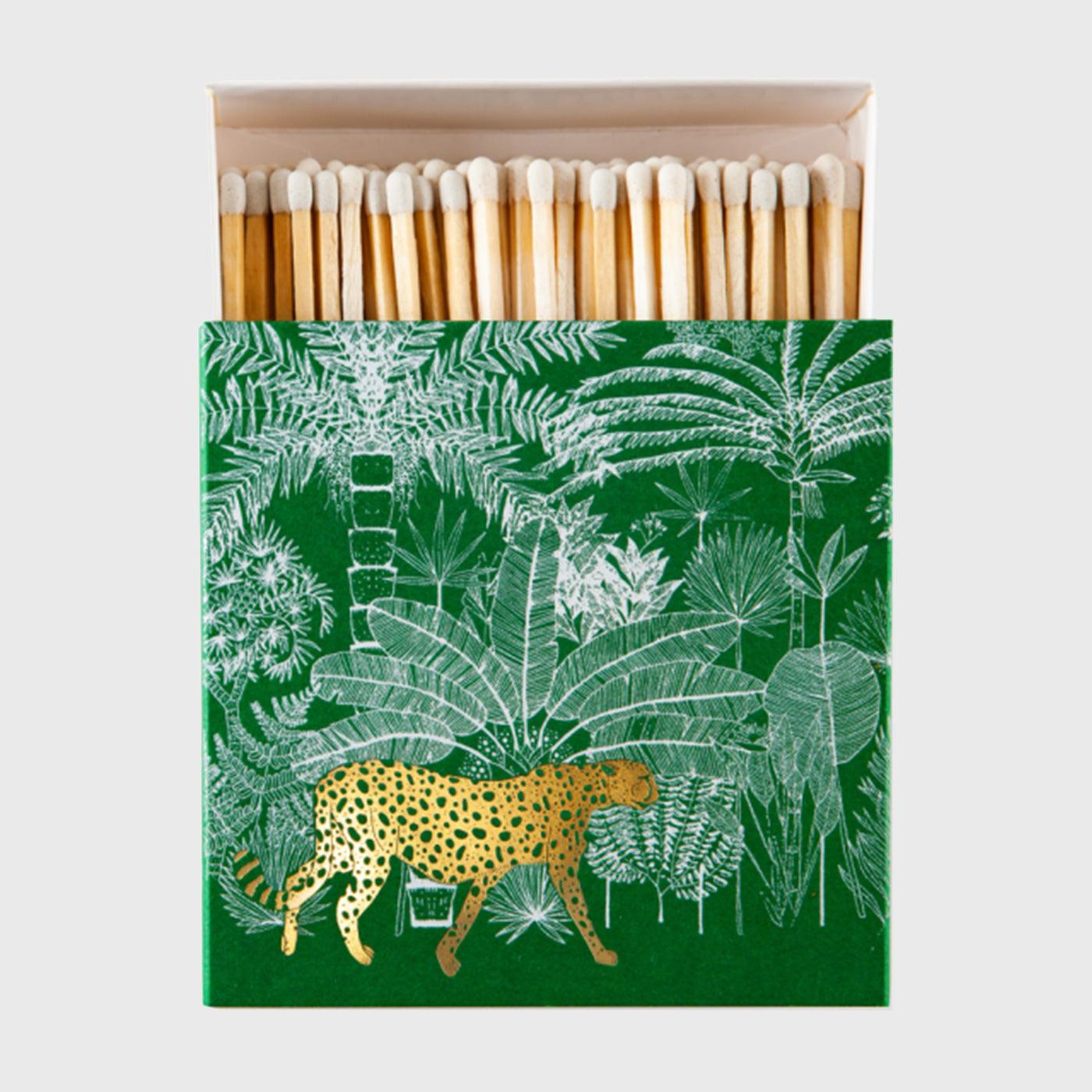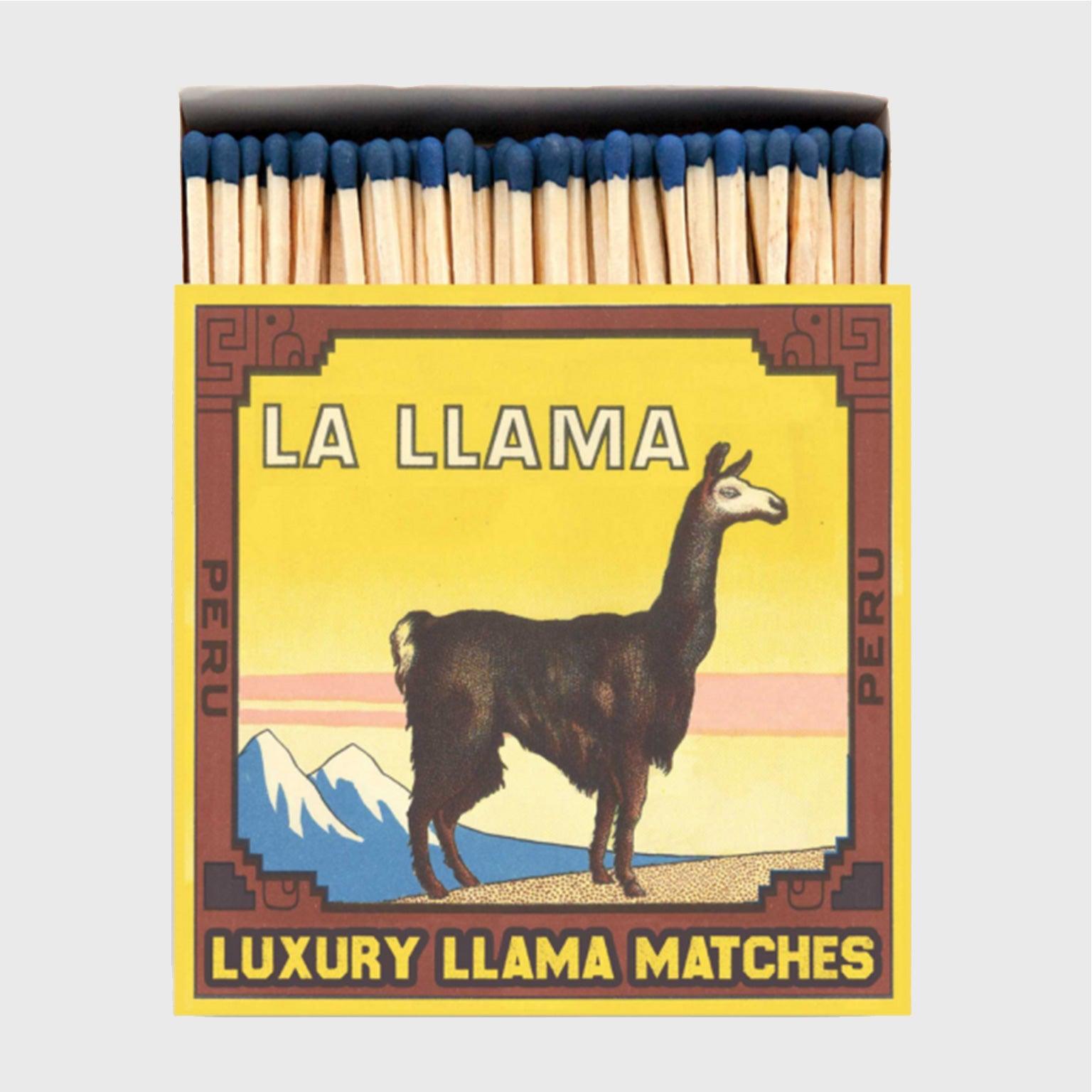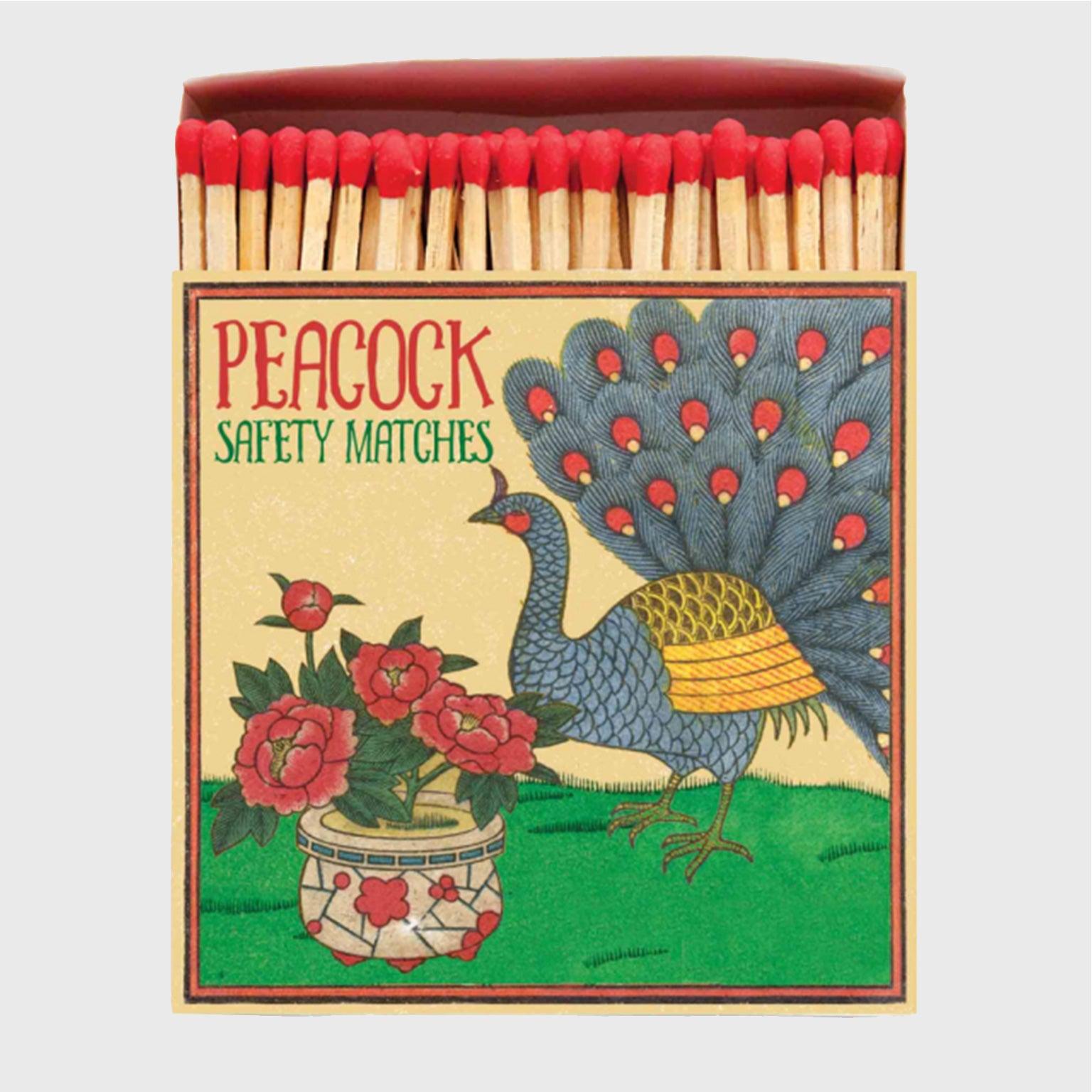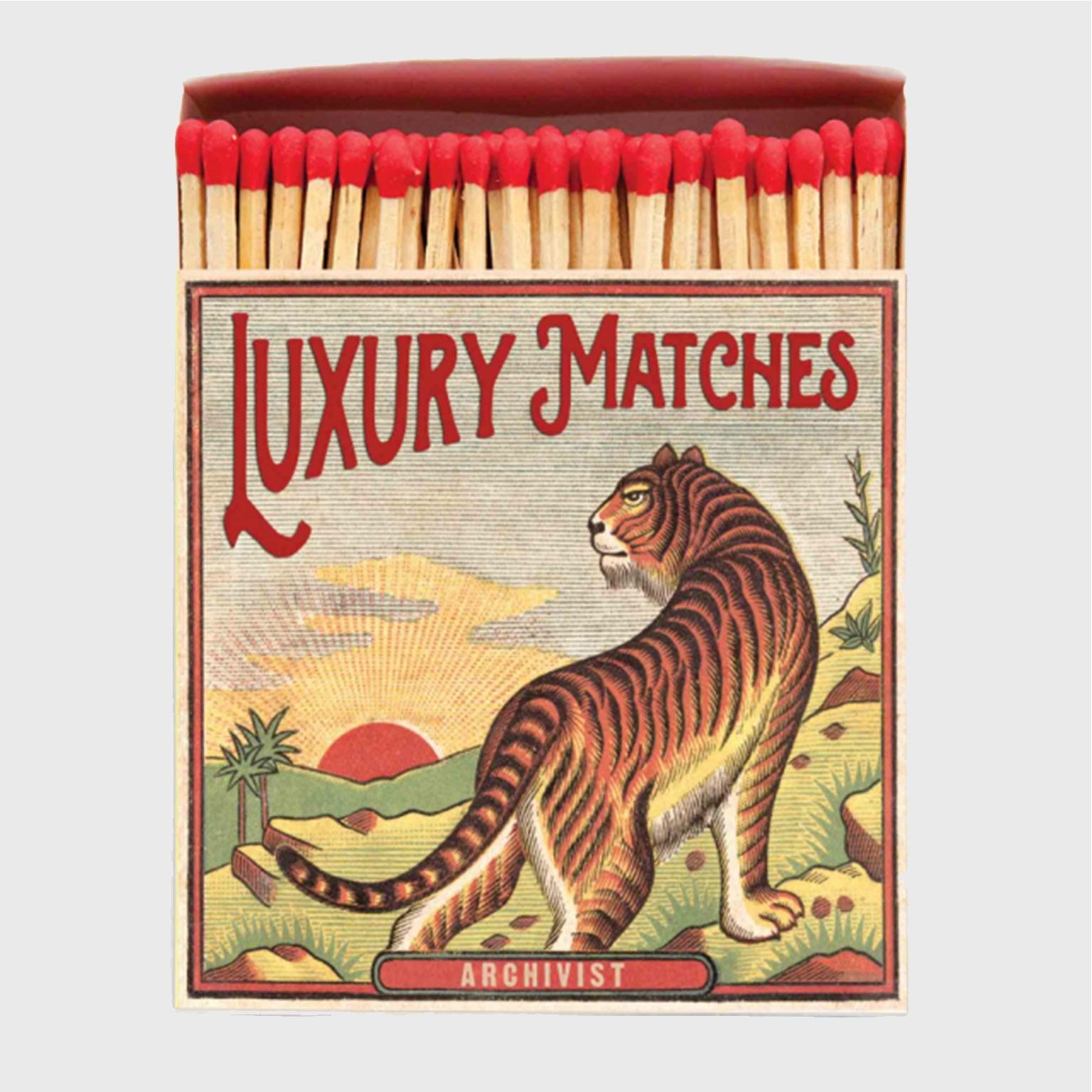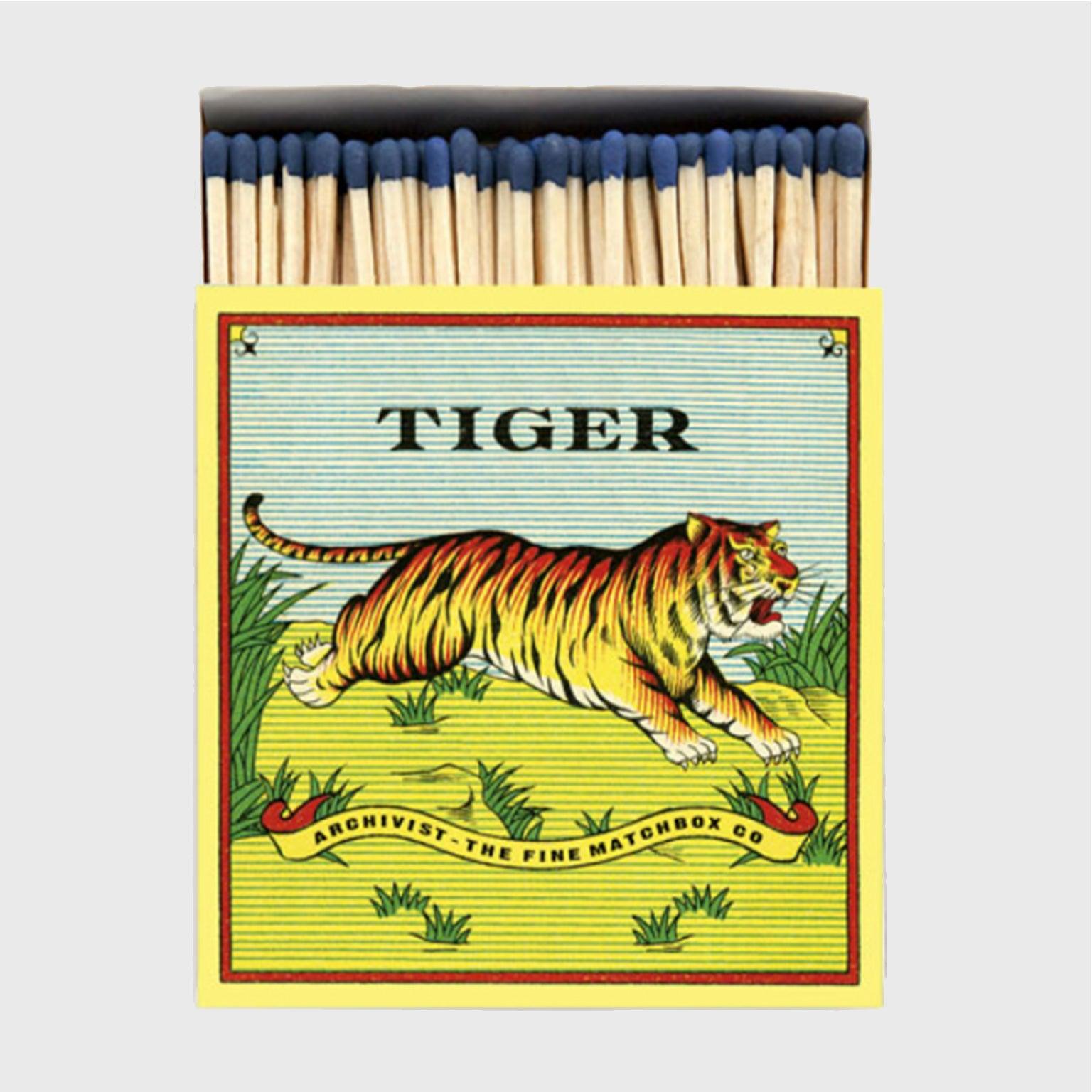Matches
The matches of The Candle Club have a length of no less than 9 cm. This makes our candles very safe to light. The matchboxes The Fine Matchbox Company by The Archivist are too beautiful to throw away and perfect to give as a gift to someone.
Nowadays, these matchboxes (Matchboxes) are mainly used as handy and practical decoration in the home. Take the matchboxes of the Archivist Gallery as an example. These are real eye catchers in your home and indispensable when using candles from The Candle Club.
---
History
The "light-bringing rod" as it was called by the Chinese inventors dates back to the year 577. The pine wood rods were then impregnated with sulfur and the match was born.
More than 1200 years (in 1805) later, the Frenchman Jean-Joseph-Louis Chancel invented the dipping match.
These allumettes oxygenées had to be immersed in sulfuric acid to ignite. This was not exactly user-friendly.
In 1827 John Walker (not to be confused with Johnnie Walker whiskey which was distilled at the same time) discovered a mixture that ignited when you ran it over sandpaper. At first this was applied to a piece of cardboard, but this was soon replaced by a piece of wood.
5 years later (in 1832) the match with white phosphorus was developed. These match ignited were very easy to light in the way we know it. However, the production was very unsafe because of the phosphorus vapors that were released during production.
A little later it was discovered that red phosphorus could also be used. The safety match was born. This substance was considerably safer to produce than the white variant, but the major problem with this was that it could spontaneously combust with very little friction, which in turn was unsafe for the user.
The modern eco-friendly match as we know it today was invented in Sweden in 1844. This does not contain sulfur.
In Europe, the matches usually come in a box filled with wooden sticks. There is an ironing surface on one or both sides. In America, booklets with cardboard matches are also used. These are often provided with advertising and sometimes even on the matches themselves. These booklets were widely used until the 1980s, but due to the rise of the disposable lighter and the declining popularity of smoking, they virtually disappeared.
Matchboxes were mainly used for advertising purposes. It is an elegant, practical and very original form of effective advertising.


